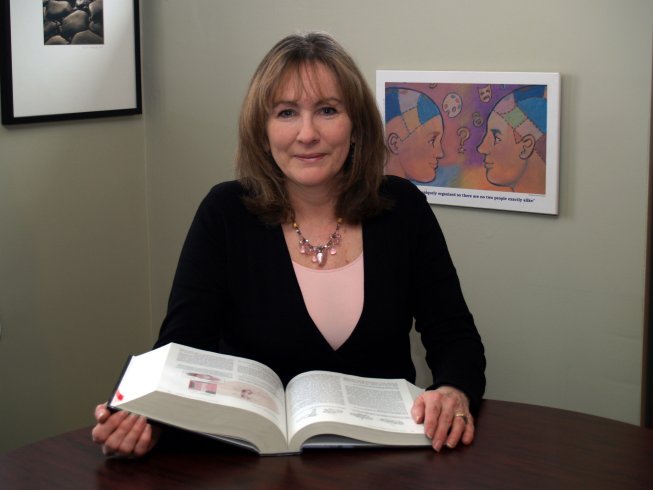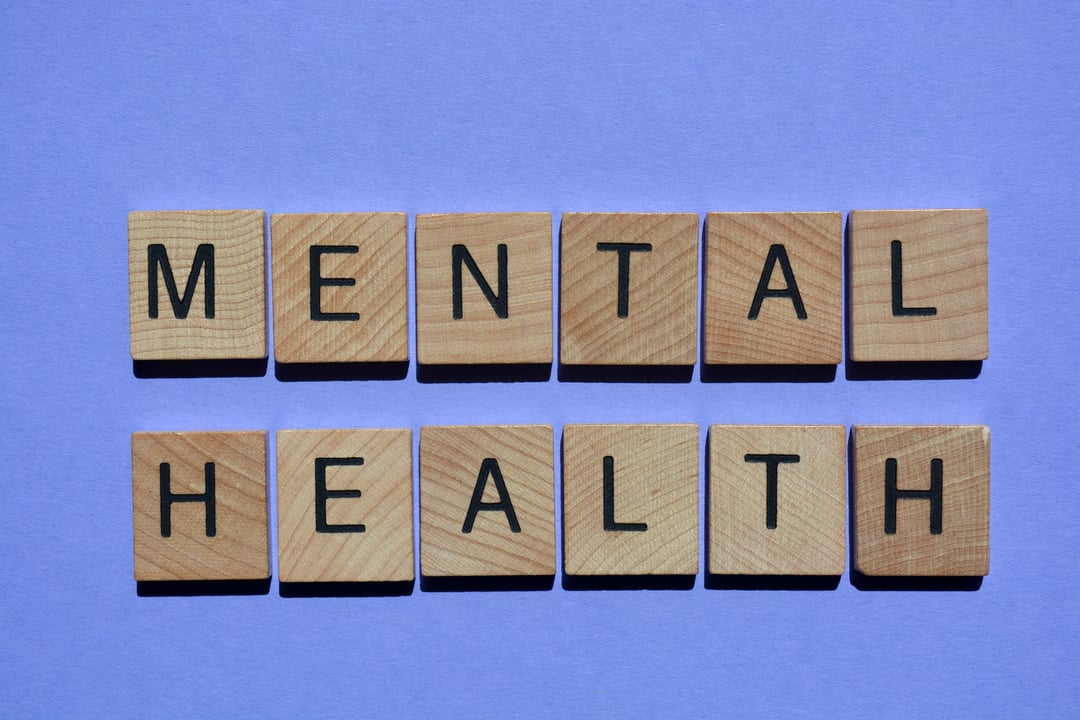Learning disabilities are often surrounded by misconceptions. These perpetuate misunderstandings and can create stigma for those who are diagnosed.
These misconceptions prevent individuals from finding the solutions that can help strengthen their brain, maximize their academic and professional potential, and improve their overall well-being.
In this article, common myths surrounding learning disabilities will be dispelled. In addition, insights and facts about learning disabilities backed by research will be examined.
Here are five of the most common myths about learning disabilities:
Myth #1: Children Will Outgrow Learning Disabilities With Time
Fact: A Learning disability is not a condition that disappears with age or maturation. On the contrary, most individuals with learning disabilities experience further struggles as they grow up. Academic gaps increase throughout their schooling. Social interactions and daily living skills become more challenging as increased independence is expected. You can learn more about this in our blog, Is a Learning Disability a Lifelong Condition?.
Further, living with learning disabilities statistically leads to mental and even physical health problems as well as poor self-concept. A related misconception is that only children have learning disabilities. A conservative rate is 5% of the adult population have learning disabilities, and likely many more go undiagnosed. This means even more misunderstanding, and tendencies to dismiss individuals as having issues due to personality quirks. To learn how to identify and address learning disabilities in adults, check out our blog - Identifying and Addressing Learning Disabilities in Adults.
A Canadian study concluded issues around learning disabilities (LD) are… “both linear and cyclical. They are linear, in that there is a direct correlation between the problems not identified in school, and/or not accommodated in school, with the end result of low literacy levels. This, in turn, impacts the employment opportunities and the financial situations of people with learning disabilities. The issues are cyclical, because these challenges feed into one another. Low literacy levels, higher rates of unemployment, lack of independence, and lower incomes contribute to higher rates of mental and physical health, and impact the relationships of people with LD.” (PACFOLD study)
Myth #2: Learning Disabilities are Just an Excuse for Laziness or Lack of Effort
Fact: Anyone who has a learning disability knows this to be a myth. Typically, these are individuals who spend more time and effort on tasks like reading or writing assignments, or completing work projects – even though they are just as intelligent and motivated as their peers.
The reality is learning and performance is more difficult with a learning disability. One study showed the brains of individuals with Dyslexia were working much harder than their peers - literally.
"The (children with dyslexia) were using 4.6 times as much area of the brain to do the same language task as the controls. This means their brains were working a lot harder and using more energy than the normal children.” (The University of Washington).
It is not the case that individuals are lazy; if anything, it is a case of working harder, but with less cognitive efficiency.
Myth #3: Learning Disabilities are a Sign of Low Intelligence
Fact: Learning disabilities are not related to intelligence, but they are windows into the diverse workings of the human brain. The brain is made up of networks of cognitive functions.
In anyone’s brains, some of these functions are strong, others are less so. Where each of our diverse cognitive functions sits on a continuum of capacity determines our learning experiences. When cognitive functions, or a combination of functions are weak, the result is a learning disability or difficulty.
To be clear, it has nothing to do with one’s intelligence. By definition, a learning disability can only be diagnosed in someone with average or above-average intelligence. These are bright individuals, but simply have cognitive glitches making learning and performance inconsistent. They are not fully expressing or capitalizing on their intelligence – but it’s there.
Learn more about cognitive functions and how they underpin learning and learning disabilities here: Your Beginners Guide to Understanding Cognitive Functions.
In addition, if you’d like to learn more about your (or someone you know) cognitive strengths and weaknesses, fill in the Arrowsmith Questionnaire today to discover your unique cognitive profile.
Myth #4: There's a One-Size-Fits-All Approach to Teaching Students With Learning Disabilities
Fact: Each individual’s cognitive profile is unique. As such, each learning disability is unique. Even common diagnoses such as Dyslexia, Dysgraphia, Dyscalculia, Executive Functioning and Auditory Processing disorders will affect individuals differently depending on one’s individual cognitive strengths and weaknesses.
Take Dyscalculia. One person may have this diagnosis due to a weakness in their capacity to manipulate numbers (Quantification Sense) making mental math, budgeting, remembering phone numbers, or time management – a constant challenge. Another individual may be more stymied by the conceptual aspects of mathematics ( Symbol Relations) or procedural elements (Predicative Speech), making word problems and concepts like fractions particularly confusing. Same diagnosis, Dyscalculia, different brains.
As such, any intervention must be suited to the brain – not the diagnosis. Imagine someone with a cognitive deficit in the process that remembers the phonemic aspect or sounds of words (Broca’s Speech Pronunciation). How challenging, and ultimately frustrating for teacher and student alike – to expect them to learn to read through a phonics-based program. Indeed, one size does not fit all.
Myth #5: Learning Disabilities Are Lifelong and Cannot Be Overcome
Perhaps the most prevalent and damaging myth about learning disabilities is that they are permanent conditions that must be coped with indefinitely. This does not have to be the case.
Our brains are remarkably plastic. Neuroscience has proven this for the last several decades. Known as neuroplasticity, this has meant transformative recoveries in stroke, traumatic brain injury, and in fact, learning disabilities.
Brain imaging studies have observed that the brain can reorganize itself by forming new neural connections in response to learning, experience, and changes in the environment. Applied to learning disabilities, targeted interventions harnessing neuroplastic principles can strengthen the weak cognitive functions causing the learning disabilities in the first place - helping to build a stronger brain, enhancing educational/professional performance and improving the well-being of the individual.
You can learn more about Neuroplastic Principles here: The Ultimate Guide to Neuroplasticity
Insight: Shifting Perceptions and Promoting Awareness
Structured interventions focusing on the specific cognitive processes that underlie learning disabilities such as Dyslexia, Dysgraphia, Auditory Processing, Executive Functioning and attention problems can lead to transformative improvements.
Understanding the unique underlying cognitive makeup of an individual’s learning disabilities is the key. This allows for a greater understanding of - and compassion - for the impact of learning disabilities.
Children and adults can understand their own strengths and weaknesses, and they can be supported by educational systems, employers and families that recognize their issues are not personality flaws or willful failure. Instead, specific cognitive functions are impacting their learning and performance, and they deserve the same dignity and opportunities as anyone else.
This insight is also essential in designing individualized solutions. For example:
- Target and strengthen visual memory, phonemic awareness, and/or eye tracking to address decoding issues found within many cases of Dyslexia.
OR
- Improve conceptual reasoning and logical sequencing when an individual’s Dyslexic tendencies are caused by comprehension issues.
The fact that neuroplastic approaches can be applied within the field of learning disabilities can transform the field of learning disabilities, and those who live within it, including parents, families, educators, therapists, and most of all, the individuals themselves. Life is experienced very differently when the underlying cause of the learning disability is addressed.
"Neuroplasticity taught me that the brain's capacity for change is limitless, and so are my abilities."
Arrowsmith Participant
Understanding the facts about learning disabilities is crucial for dispelling myths and promoting effective solutions. Recognizing that learning disabilities do not define a person's intelligence or potential for success, but rather represent specific challenges that shape how we navigate and understand the world is the first step.
The next is overcoming them. Learning disabilities do not have to be lifelong obstacles if neuroplastic principles are applied. Through tailored interventions individuals with learning disabilities can overcome cognitive challenges and redefine their futures and what is possible.
Check out this Guide to Learning Disabilities (or Learning Difficulties) for more information and facts about learning disabilities.
If you are an educator supporting students with learning disabilities, learn more at Arrowsmith For Educators.
If you are a parent of a child with learning disabilities, or are experiencing struggles in your own personal or professional life and suspect a learning disability, contact an organization to discuss solutions: Arrowsmith Providers.
Tags:
Learning Difficulties
August 13, 2024



